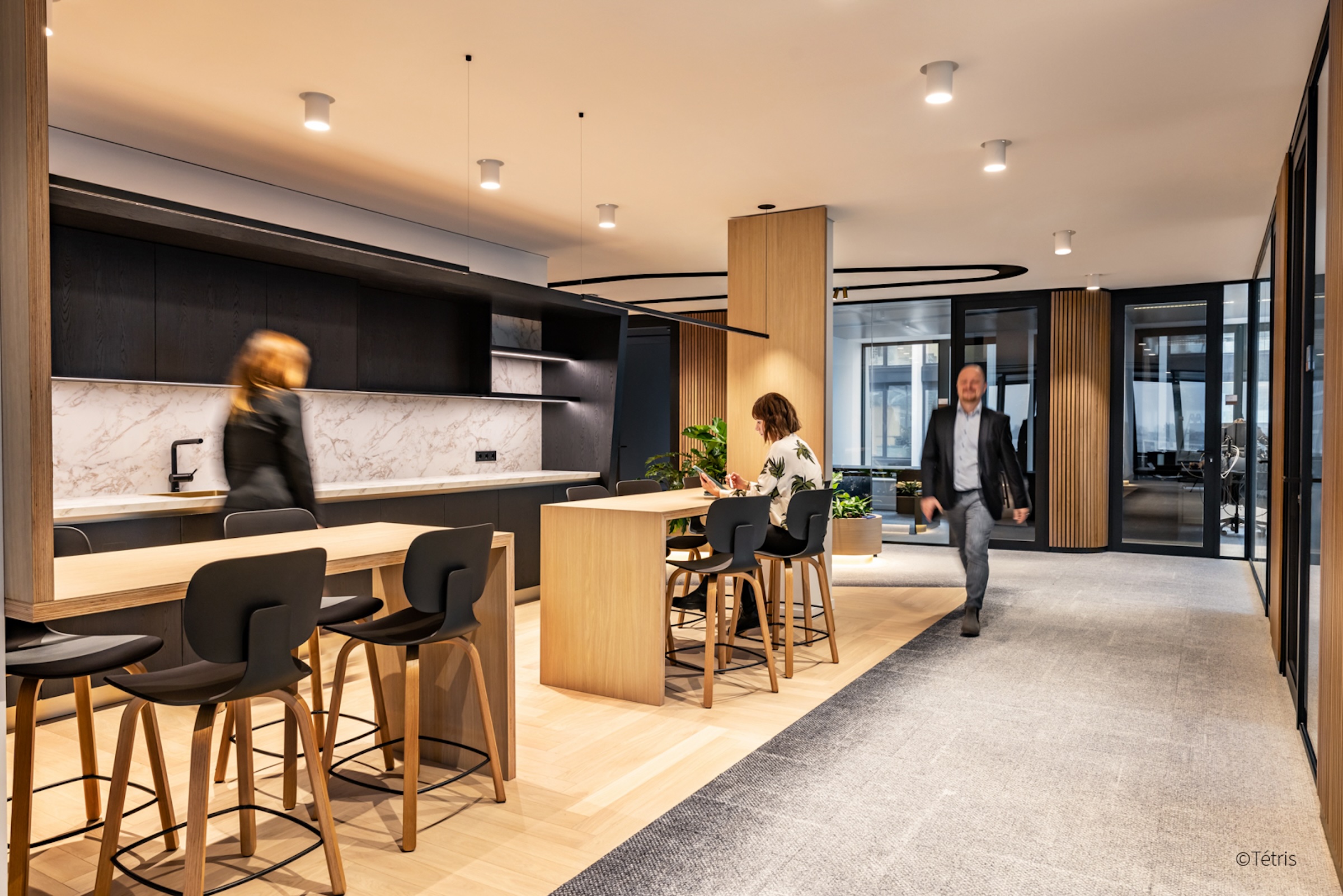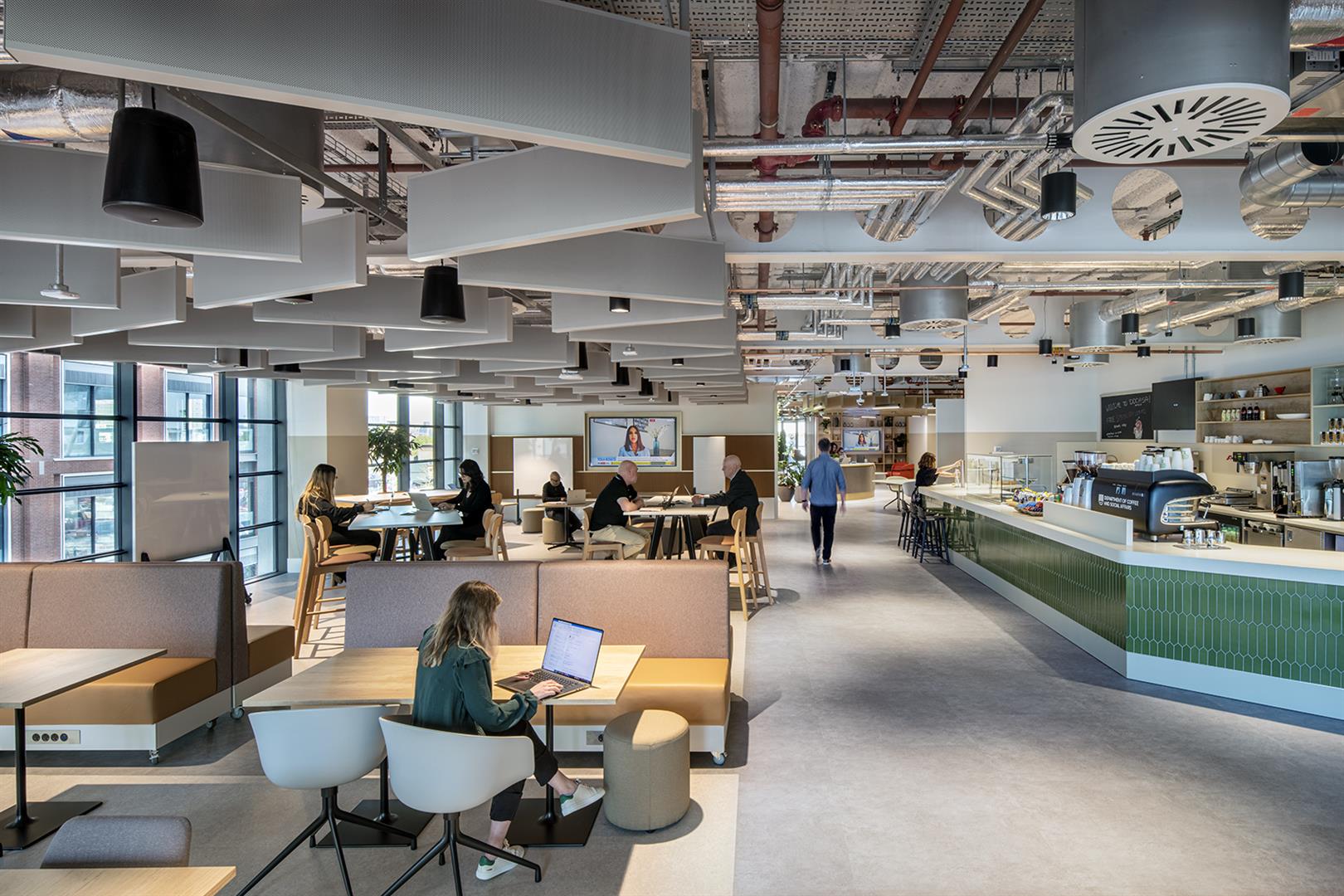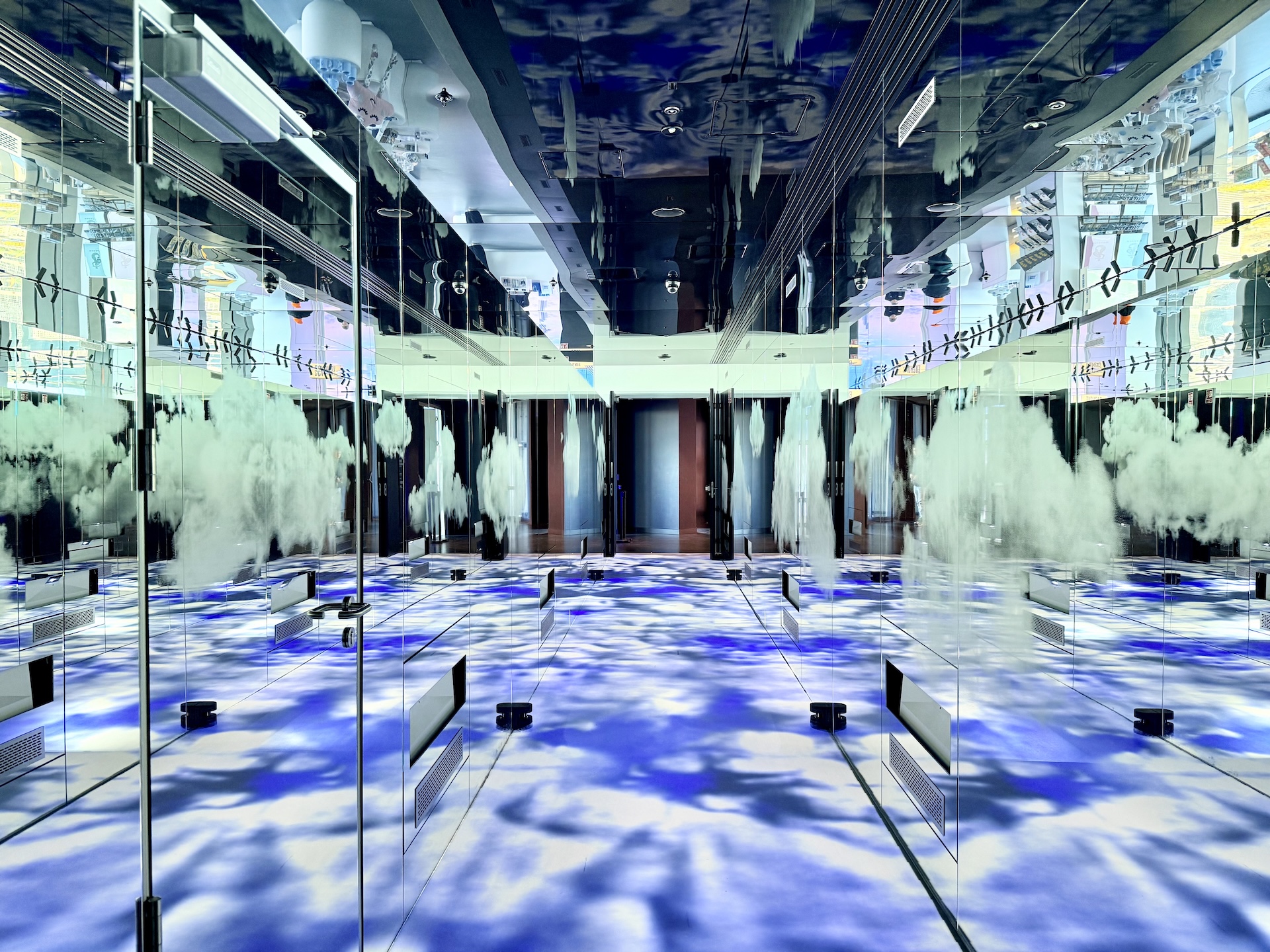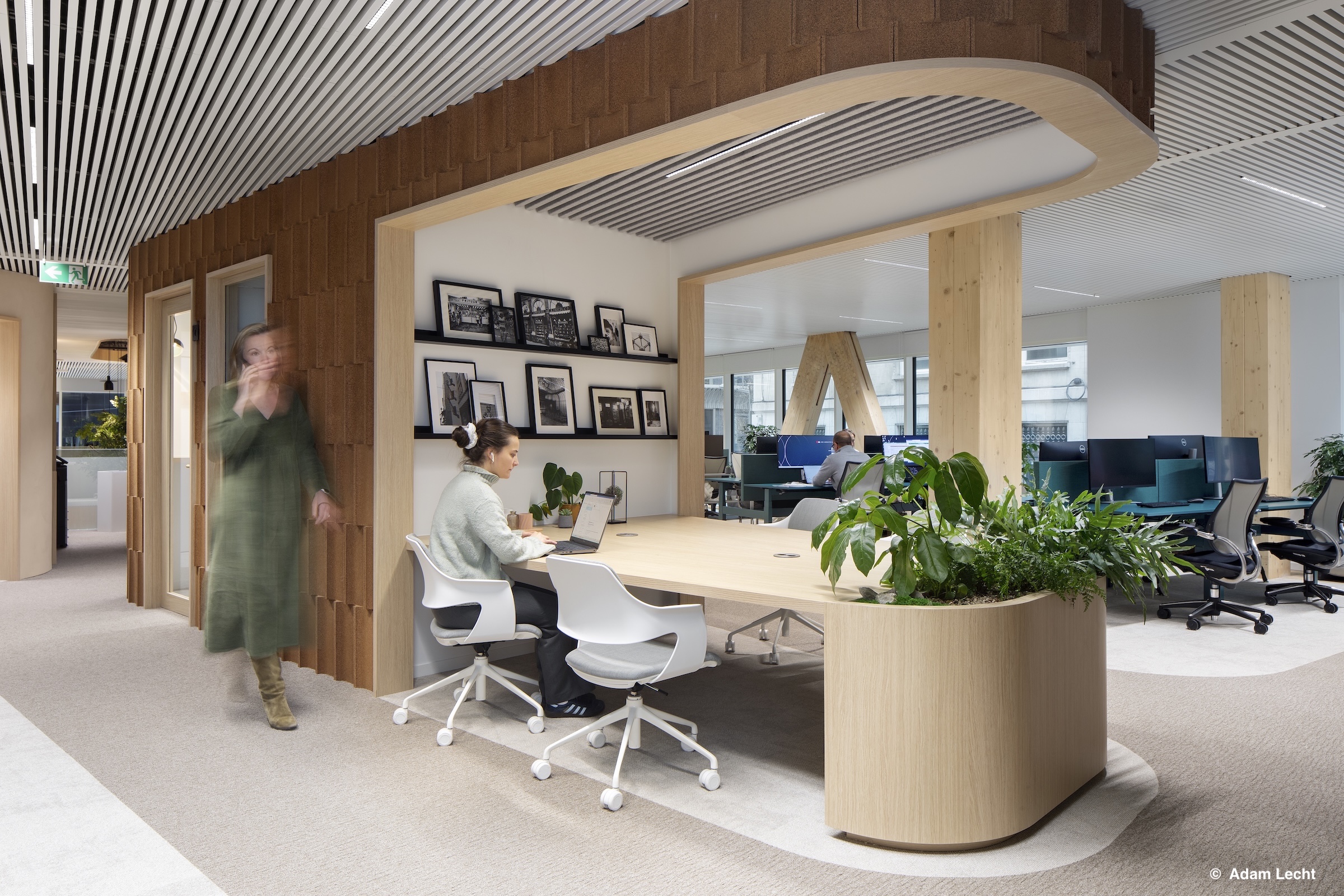As more companies grapple with the challenge of attracting employees back to the office, inclusive workplace design may be the solution. Globally, employees are in the office for about three days per week, with a third of companies implementing some form of compulsory attendance. By establishing spaces that address diverse needs and support everyone in doing their best work, companies can reinforce an inclusive culture that actively engages 83% of employees, according to one study by the Billie Jean King Leadership Initiative.
Here are five important ways design can improve workplace diversity, equity and inclusion, encouraging the return to the office.
1. Foster social connection
For 73% of employees, their top motivator to be in the office is social time with colleagues.
The physical space where employees can interact is key to those social connections. The right design can energise hybrid working and help companies make the most of the space they have.
Where offices once needed to provide a desk per employee, hybrid work means desk space can be reallocated as collaborative or communal space. Flexible layouts also maximise space utility through movable partitions – such as sound-absorbent curtains – and modular furniture that is easily rearranged to create ad-hoc meeting space as needed.
There are benefits for employers too: when people collaborate in person, it boosts productivity, creativity and culture. By facilitating the social connections employees seek, workplace design can improve inclusion and engage people more strongly with the office environment.
2. Resonate with employees through deliberate design
Tailoring workplace design for specific types of work and interactions can significantly enhance employee engagement. This includes resources that may be unique to the office – such as space for deep work, skills training and social events. The key is to understand what a company’s employees need from the office space. For example, research shows that employees spend 51% of office time on focused work, and 23% on virtual collaboration, indicating the demand for individual workspace.
Creating this deliberate environment that aligns with employees’ work styles and preferences helps the workplace to resonate with them, fostering a sense of belonging and inclusion. Incorporating elements that reflect the local culture as well as company values can also anchor the office in its surroundings and make the space feel more meaningful.
How people work best varies – and work means different things in different parts of the world. Office design that reflects this is best placed to engage diverse employees.
3. Create varied space to meet diverse needs
Design can be leveraged to improve mental, physical and social wellbeing in the office, creating a more inclusive environment for a broad spectrum of employee needs. Science-based performance insights can help develop innovative workspaces to unlock creative potential for diverse employees – such as open spaces that inspire extroverted personalities or private zones where introverts are likely to feel more content. For a comfortable environment throughout the space plan, careful acoustic design is critical, as one of the most important factors in the employee experience.
Neurodivergent needs can also be accommodated in design that considers the sensory experience and the impact of light, sound, materials and aromas. For example, phone booths can provide a welcome escape from office noise; natural light can be more comfortable than bright artificial lighting.
Inclusive office design that considers these nuances helps create a memorable environment where employees feel their needs are met, improving engagement.
4. Incorporate mixed-use spaces for performance
As working styles evolve, mixed-use spaces that blend work, leisure, and social activities can be the key to more inclusive, sustainable offices that support employees’ performance.
Whether working remotely or in the office, 67% of U.S. adults reported feeling “sometimes” or “often” lonely at work. A more dynamic, social environment can create interactive opportunities, encouraging spontaneous encounters that build community and spark innovation. For example, workplace design might take inspiration from a social club, offering coworking space, well-equipped gyms, and on-site dining to create an experience where people truly want to be.
This holistic approach is key to TravelPerk’s Barcelona headquarters, where a lounge, work café, coffee bar, library, and numerous flexible workspaces nurture face-to-face interaction and company culture.
5. Leverage neuroscience insights about how people work
What constitutes “the workplace” has evolved beyond the physical office. This is inspiring researchers to explore the neuroscience behind how people work – and what helps them deliver their best. For example, one study that scanned the brains of volunteers found they were 12% more engaged in the morning when they collaborate versus doing individual work.
Such insight-driven design can be pivotal in creating inclusive environments that help diverse employees do their best work. It might mean recommendations to undertake meetings when people’s cognitive engagement is highest; using white-noise generators for a low-distraction sense of community; and simply designing spaces that a unique workforce will deliberately choose to work in.
By understanding how their people behave and respond to different work settings, companies can design environments that boost productivity, wellbeing and innovation. As the science of work evolves, these insights will become increasingly powerful in creating environments where everyone thrives – and wants to be.
Hear more from our experts on the science of work and its role in workplace design.
Tétris Head of Design Adrian Davidson, JLL’s Future of Work Lead APAC, Ben Hamley, and JLL’s Head of Consulting UK&I Guzman de Yarza discuss how designing for people creates a compelling office environment.
Watch the full interview now

Do you have a project we can help with?



